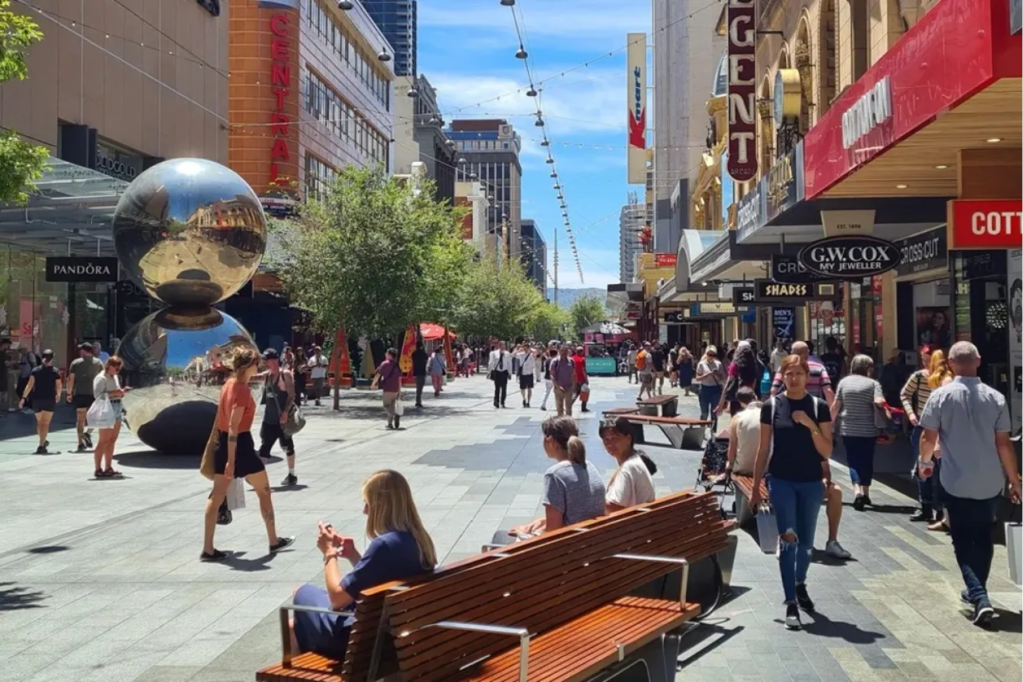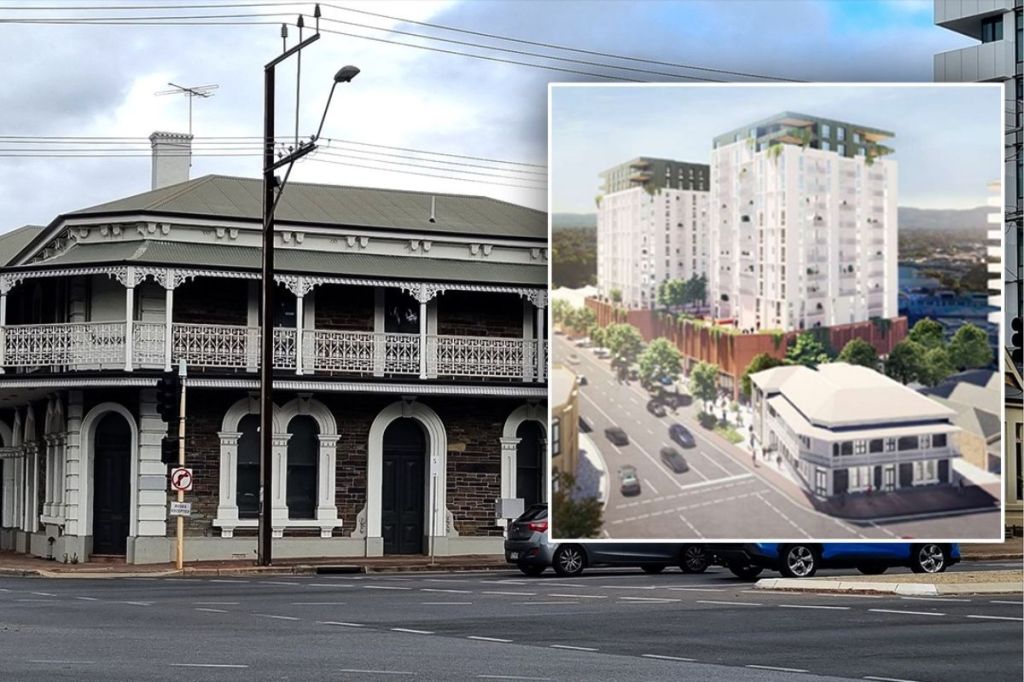Unemployment rate reaches three year high
The national unemployment rate has reached its highest level since November 2021, with South Australia just above the national average.

South Australia’s unemployment rate rose by 0.4 percentage points in July, according to new data from the Australian Bureau of Statistics.
The state recorded the second-highest unemployment in the country, tying with QLD, TAS and the NT at 4.3 per cent. Victoria recorded the highest unemployment at 4.6 per cent.
Nationally, the unemployment rate rose by 0.1 per cent to 4.2 per cent, with the number of unemployed people increasing by 24,000.
“While unemployment increased to 637,000 people in July, the highest it has been since November 2021, it remains around 70,000 people below its pre-pandemic level,” said ABS head of labour statistics Kate Lamb.
The 4.2 per cent rate is 1 percentage point lower than in March 2020.
The Northern Territory again saw the biggest increase in employment at 1.4 per cent, where South Australia saw a 0.4 per cent increase.
South Australia had the second lowest employment-to-population ratio at 60.2 per cent, while the national rate was 64.3 per cent.
“The employment-to-population ratio rose by 0.1…indicating employment growth was faster than population growth, and was just below the historical high of 64.4 per cent in November 2023,” Lamb said.
“Although the unemployment rate increased by 0.1 percentage point in each of the past two months, the record high participation rate and near record high employment-to-population ratio shows that there continues to be a high number of people in jobs, and looking for and finding jobs.”
Stay informed, daily
Seasonally adjusted monthly hours worked increased by 0.4 per cent, in line with the employment increase.
Lamb said monthly employment growth had remained at 0.3 per cent since March this year, above the pre-pandemic 20-year average of 0.2 per cent.
“The employment and participation measures remain historically high while unemployment and underemployment measures remain historically low, compared with what we saw before the pandemic.”









